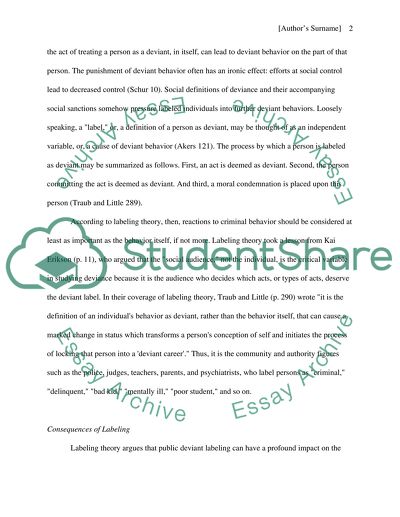Cite this document
(“Labeling Research Paper Example | Topics and Well Written Essays - 1500 words”, n.d.)
Retrieved from https://studentshare.org/family-consumer-science/1416779-labeling
Retrieved from https://studentshare.org/family-consumer-science/1416779-labeling
(Labeling Research Paper Example | Topics and Well Written Essays - 1500 Words)
https://studentshare.org/family-consumer-science/1416779-labeling.
https://studentshare.org/family-consumer-science/1416779-labeling.
“Labeling Research Paper Example | Topics and Well Written Essays - 1500 Words”, n.d. https://studentshare.org/family-consumer-science/1416779-labeling.


